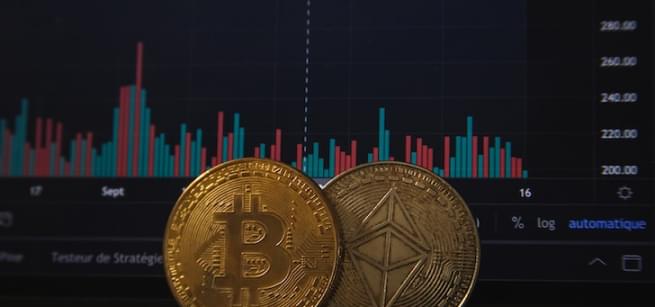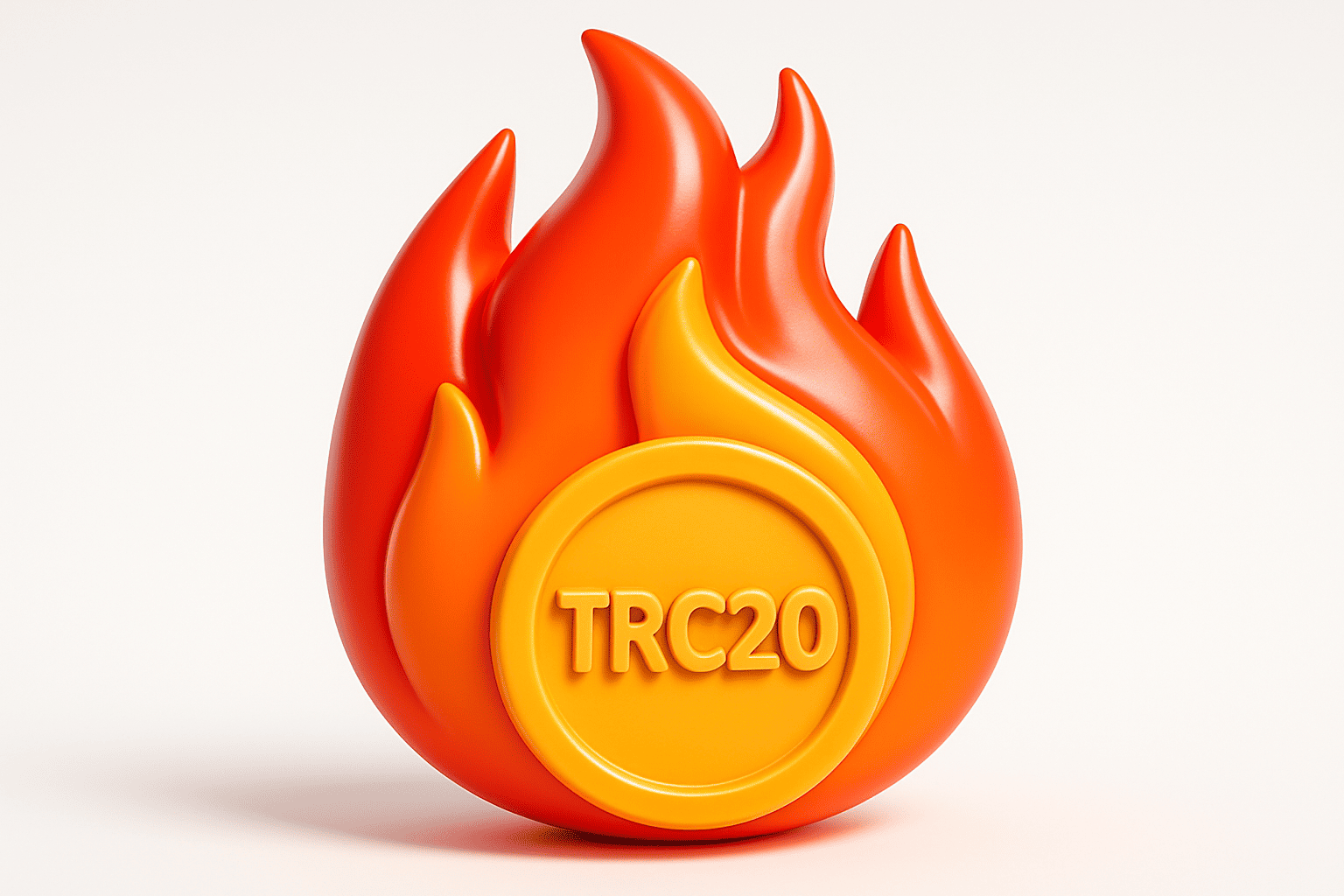Bitcoin SV
Download app Ironwallet and get tool for making transaction without network fee
About Bitcoin SV
Bitcoin SV (BSV) is a cryptocurrency that emerged as a hard fork of Bitcoin Cash in 2018. The “SV” stands for “Satoshi Vision,” referring to the original vision for Bitcoin outlined by its creator Satoshi Nakamoto. BSV aims to restore this original vision by focusing on massive on-chain scaling and adhering to Satoshi’s original protocol.
History of Bitcoin SV
BSV was created on August 16, 2018 after a contentious hard fork of the Bitcoin Cash blockchain. This fork was led by Craig Wright, who claimed to be Satoshi Nakamoto, and Calvin Ayre, a billionaire technology entrepreneur. They felt Bitcoin Cash was deviating too far from Satoshi’s original vision.
The BSV camp argued for removing restrictions on block size and opposed adding new functionality like smart contracts. They wanted to scale Bitcoin to enterprise-level proportions using big blocks, which aligns with Satoshi’s statements on scaling Bitcoin.
After the fork, the BSV blockchain emerged as a distinct cryptocurrency, while Bitcoin Cash continued on a separate path. BSV quickly enabled 128MB block sizes compared to Bitcoin’s 1MB limit. This demonstrated a commitment to large blocks and on-chain scaling.
Key Differences from Bitcoin Cash
While BSV originated from Bitcoin Cash, there are several key differences:
- Block Size – BSV currently supports up to 2 GB blocks compared to Bitcoin Cash’s 32 MB limit. BSV is committed to unbounded block scaling.
- Smart Contracts – Bitcoin Cash supports smart contracts and programmability. BSV restricts the protocol to only transactions and opposes added complexity.
- Difficulty Algorithm – BSV uses the original Bitcoin difficulty adjustment algorithm, while Bitcoin Cash implemented a new algorithm after the fork.
- Focus – BSV is laser-focused on scaling on-chain transactions using big blocks. Bitcoin Cash has broader goals like smart contracts.
Overall, BSV aligns technologically with Satoshi’s original vision of Bitcoin as a payment system. Bitcoin Cash incorporates more protocol changes and additional functionality.
Scaling Approach
A key part of the BSV roadmap is demonstrating that massive on-chain scaling is possible. The BSV community sees this as fulfilling Satoshi Nakamoto’s vision of enabling large blocks and high transaction volume across a global payment network.
Some critics argue that significantly increasing block sizes will lead to centralization, as larger blocks become harder to validate for average users. However, BSV supporters point out that enterprise-grade infrastructure can easily handle much larger blocks even as technology improves.
To support its scaling vision, the BSV ecosystem is investing heavily in infrastructure, including initiatives like Teranode – a project to build a massively scaled-up node capable of handling a throughput of 50,000+ transactions per second. Such infrastructure demonstrates the feasibility of extremely large blocks.
Supporters of Bitcoin SV
Craig Wright and Calvin Ayre remain the most prominent supporters of BSV. Wright continues to assert that he created Bitcoin under the pseudonym Satoshi Nakamoto, a claim that is disputed within the crypto community.
Other advocates include Jimmy Nguyen, Chair of the Bitcoin Association which supports BSV, and billionaire hedge fund manager Paul Tudor Jones, who has allocated part of his portfolio to BSV.
Several organisations in the BSV space are building infrastructure and applications that utilise the network’s scaling abilities. This includes projects like Twetch, a social media platform using micropayments over BSV.
Controversies and Criticisms
BSV has been mired in several controversies since its inception. Many take issue with Craig Wright’s claims to be Satoshi Nakamoto without concrete proof. The BSV community’s aggressive tactics have also faced criticism.
There are also technical critiques around BSV’s scaling roadmap. Critics argue that few applications truly require massive on-chain throughput right now, and that blocksizes should increase more gradually.
Some also believe BSV is overly centralised around its key backers and the Bitcoin Association. Decentralisation is a key ethos of cryptocurrencies, so critics see this concentration of influence as problematic.
On the flip side, BSV supporters argue critics are resistant to scaling Bitcoin as originally envisioned by Satoshi Nakamoto. The BSV ecosystem sees itself as staying true to Nakamoto’s ideas.
Adoption and Use Cases
Several blockchain projects and businesses have migrated to using BSV due its greater scaling capacity and low fees. These span gambling sites, social networks, media platforms and other applications.
However, overall adoption remains low compared to leading cryptocurrencies. BSV ranked #27 on CoinMarketCap as of September 2023, with a market capitalisation of around $2 billion. Daily transaction volumes reached over 600,000 in early 2022 but have since declined significantly.
Key use cases so far involve micropayments, timestamping of data like social media posts, blockchain gaming and online gambling where tiny payments are useful. There is also growth in BSV’s use for data storage and retrieval given its greater scalability.
Price History and Market Performance
Since its creation in 2018, BSV’s price has seen major volatility. It initially rallied in early 2019, reaching over $200 amidst growing interest.
However, the price then steadily declined through 2019 and 2020 as hype faded, falling below $50 by end of 2020. There have been some sharp short-term spikes, but overall trend has been downwards.
In September 2023, BSV was trading around $45, which is an over 95% drop from its record high. However, supporters remain confident that growing infrastructure and use cases will eventually boost fundamental value.
Future Outlook and Development Plans
The BSV roadmap is focused on enabling massive on-chain scaling. Key goals include supporting billions of users, terabyte+ block sizes, and a high throughput exceeding 50,000 transactions per second.
This scaling vision will be powered by projects building out infrastructure like Teranode. Metanet, an initiative led by nChain to power an internet on the BSV blockchain, is another key priority going forward.
While some see BSV as a more niche fork, its backers are confident that scaling as Satoshi Nakamoto originally envisioned will allow Bitcoin to become a global enterprise-level blockchain, powering both payments and applications.
Conclusion
Bitcoin SV presents a controversial vision focused on massive scaling at any cost to fulfill Satoshi Nakamoto’s original plan for Bitcoin. Its path has been rocky and volatile. However, with its supporters’ wealth and influence, BSV seems intent on pursuing its dogmatic scaling vision. The coming years will determine whether this pure on-chain scaling approach can drive mainstream usage and adoption.





















